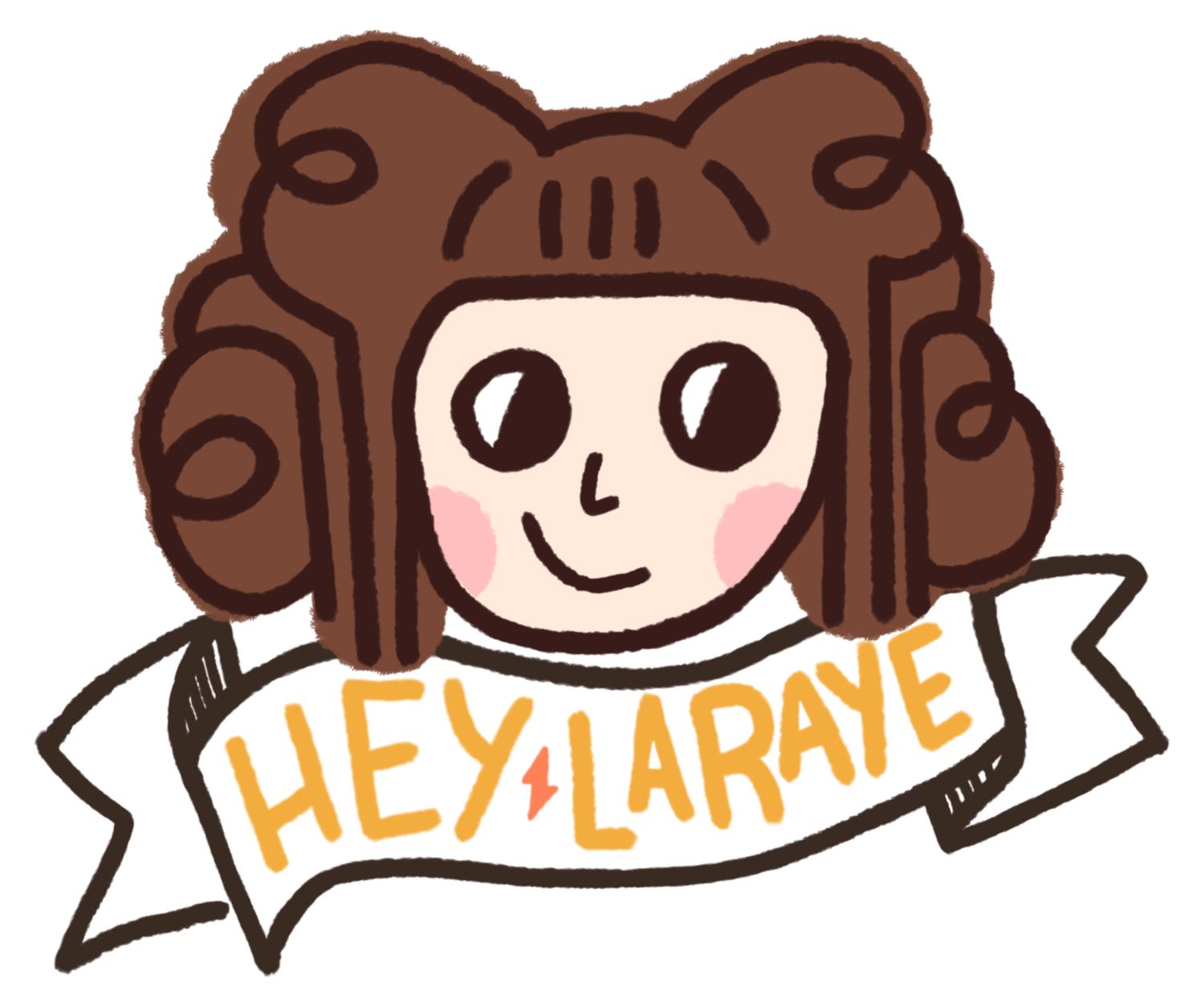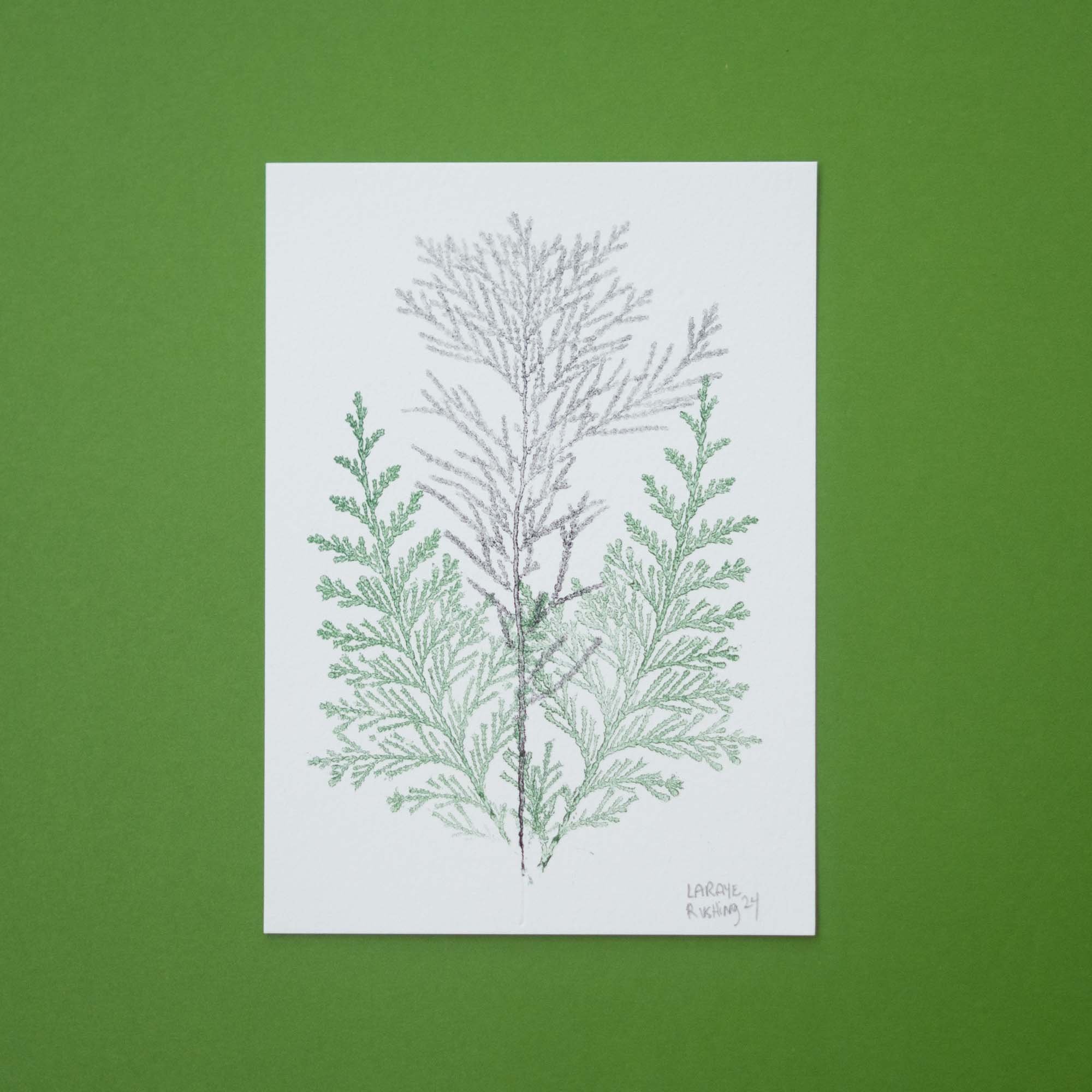Botanical Ink Monoprints
Through my cyanotype work, I have a lot of pressed plants. Unless I am doing wet cyanotypes, the plants are pretty durable and reusable. Ink monoprinting has turned out to be a good pairing with my existing work and another way to use my pressed plants.
The process is typically done with an etching press. However, I already had a roller machine that I use for letterpress printing. It’s made for die cutting and embossing on paper. But it works essentially the same as an etching press. I eventually got an etching press and found it was difficult to use in comparison to my trusty roller. So I went back to that and it’s a perfect fit for my studio space and the kind of work I am making.
Everything I use came with the roller with the exception of a press blanket that I cut to fit the roller. It comes with two clear plastic plates and a thick plastic riser. Essentially all it is doing is compressing everything in it and rolling it across to the other side. So you just need to make a thick sandwich of all your components to reach the roller and it pushes them through. I use the clear plates as my ink plate, place my plants on top with my print paper, and cover with a piece of newsprint and cardstock. Then I sandwich those all together with the riser and the press blanket. It creates nice prints and even leaves a deep impression of the plant for texture.
This method creates the possibility for three prints from one inked plate. You’ll get a print of the ink around the plant with its silhouette, the plant alone, and the ghost print. I find the ghost prints are somewhat of a wild card and it is interesting to see what you get.
Fave supplies: Sizzix Big Shot Machine, Crane’s Lettra Letterpress Paper, Cranfield Caligo Safe Wash Relief Inks
1
The first pass makes a print of the ink around the plant with only the silhouette shown (and the impression as well).
2
The second can be made from the plant alone as it was inked across the back side in the making of the first print.
3
The final print is the ghost print. The remaining ink on the plate from the first print can be pressed straight on to paper.







